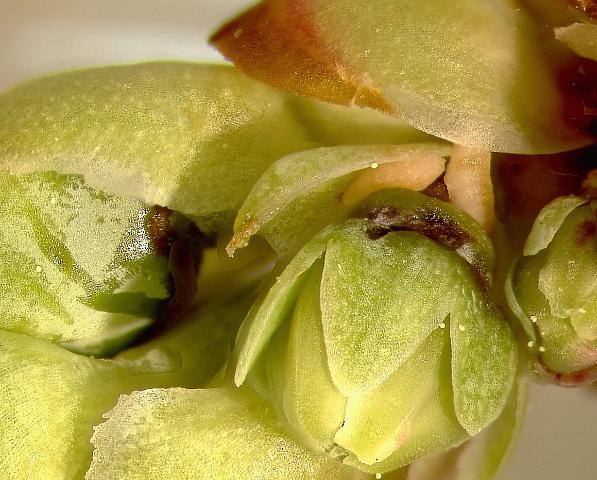
Credit: Oscar Liburd, UF/IFAS
By Clint Thompson
University of Florida Institute of Food and Agricultural Sciences (UF/IFAS) researchers are studying one of blueberries’ main pests to provide better management options for Florida growers.
The blueberry gall midge has become more problematic for blueberry growers in the past two decades. Its larvae feed on southern highbush blueberry and rabbiteye floral and vegetative buds. Severe feeding damage can significantly impact yields.
UF/IFAS scientists like Oscar Liburd are focusing their attention on the insect’s behavioral pattern. It’s the only way for growers to get a handle on what’s become an important pest management issue for the industry.
“Blueberry gall midge has become a major problem, actually the major problem in blueberries now. The problem is there’s not a lot of growers who know how to manage it,” Liburd said. “We’re developing what we call behavioral management strategies. We’re looking at movement, dispersal and biology to understand how to control them better. Unless you understand how they behave, it’s exceedingly difficult to develop management program for them.
“The larvae is hidden within the stem of the bud. Only if you have systemic pesticides are you going to be able to target those larvae inside the bud itself.”
Active Time of Year
The adult fly becomes active in November and December with peak activity starting in January and February. The larvae feed on the interiors of the floral bud tissues. This induces necrosis, brown lesions and bud abortion with accompanying poor fruit set.
Gall midge feeding on vegetative buds leads to misshapen and deformed leaves.
Liburd stresses that contact pesticides are useless, because they don’t go after the larvae that’s inside the buds.
Insecticide applications must be timed to kill adults before they lay eggs. Timing is keyed by careful monitoring, using clear sticky traps or white bucket traps.









